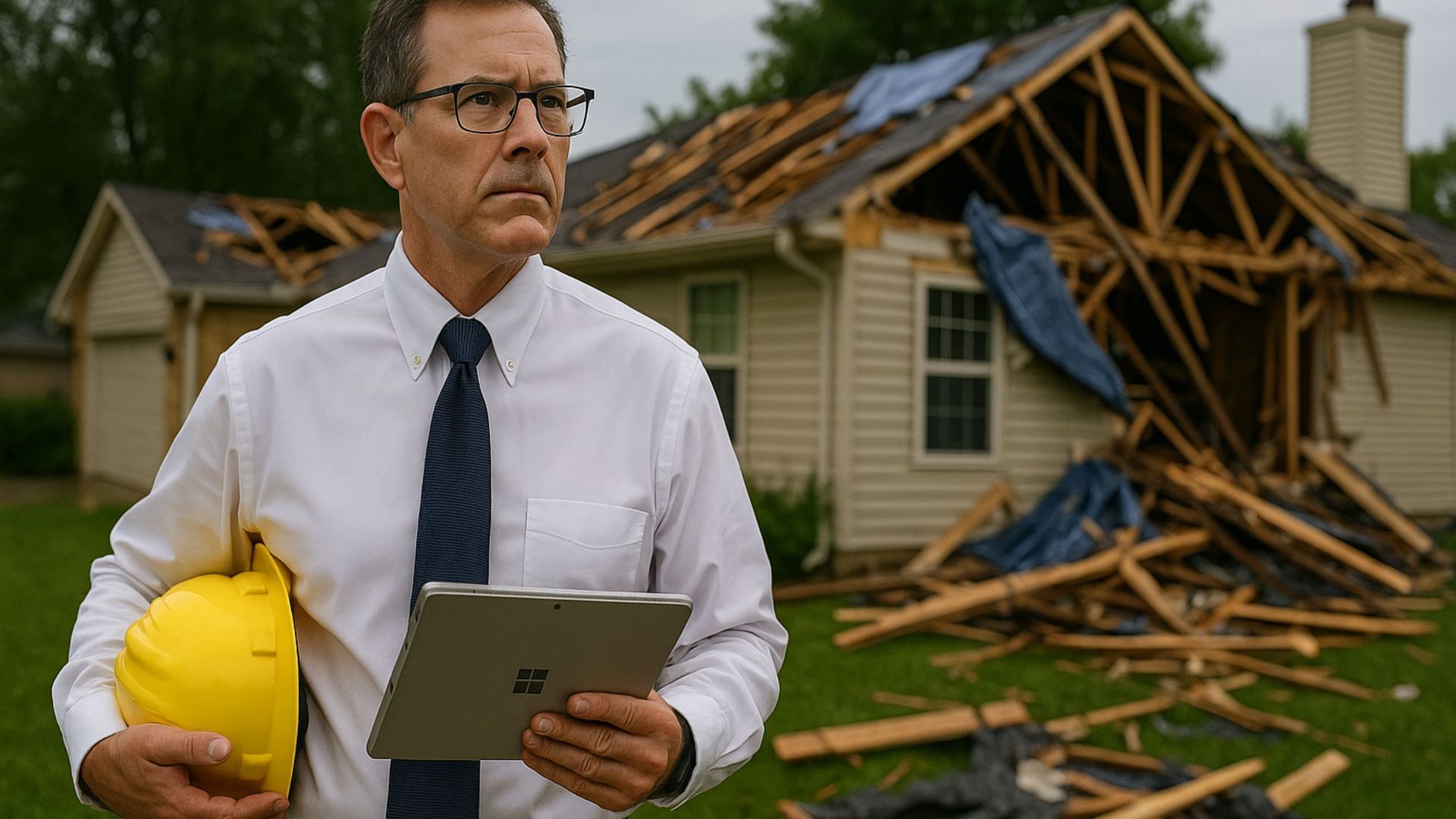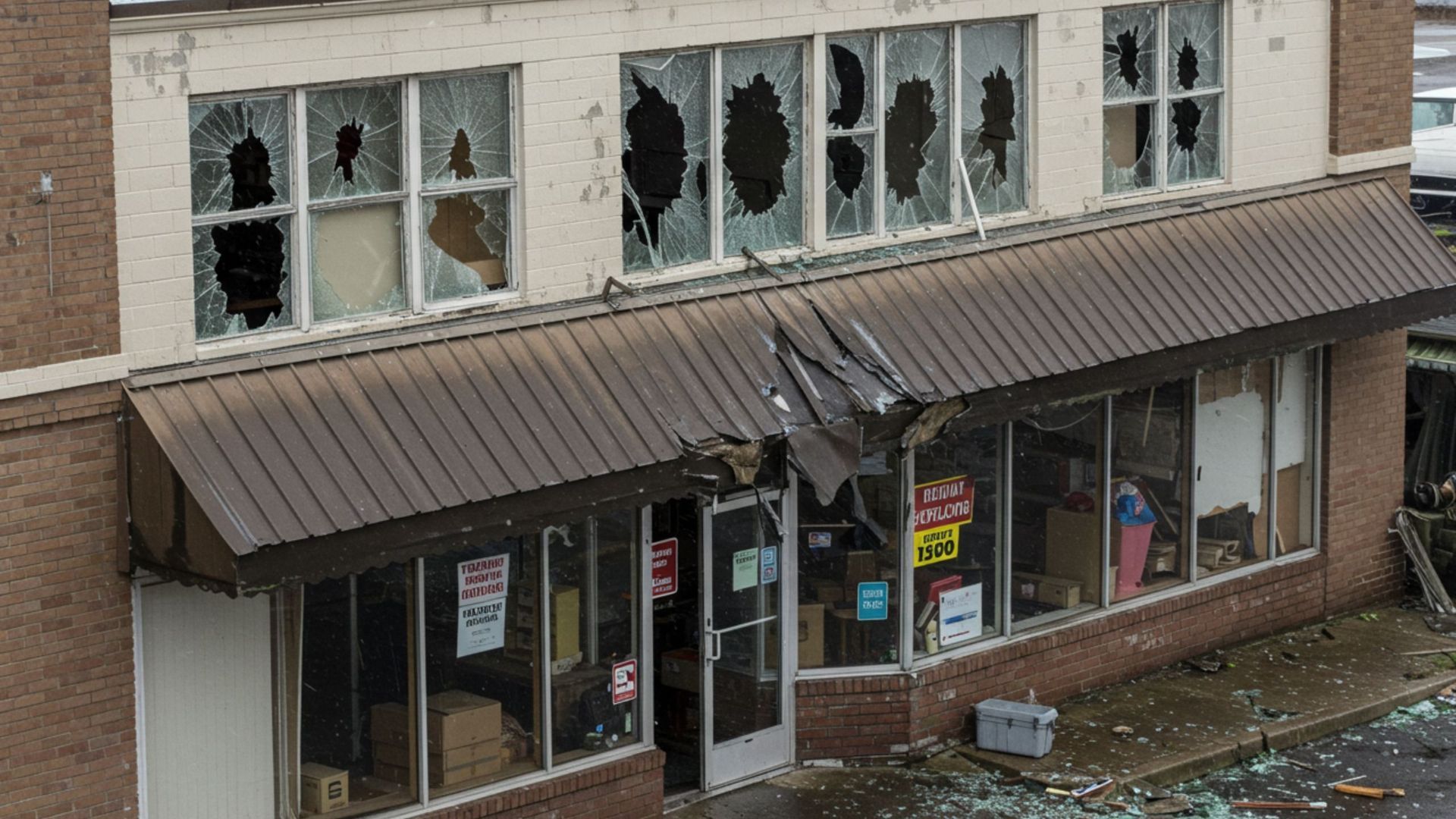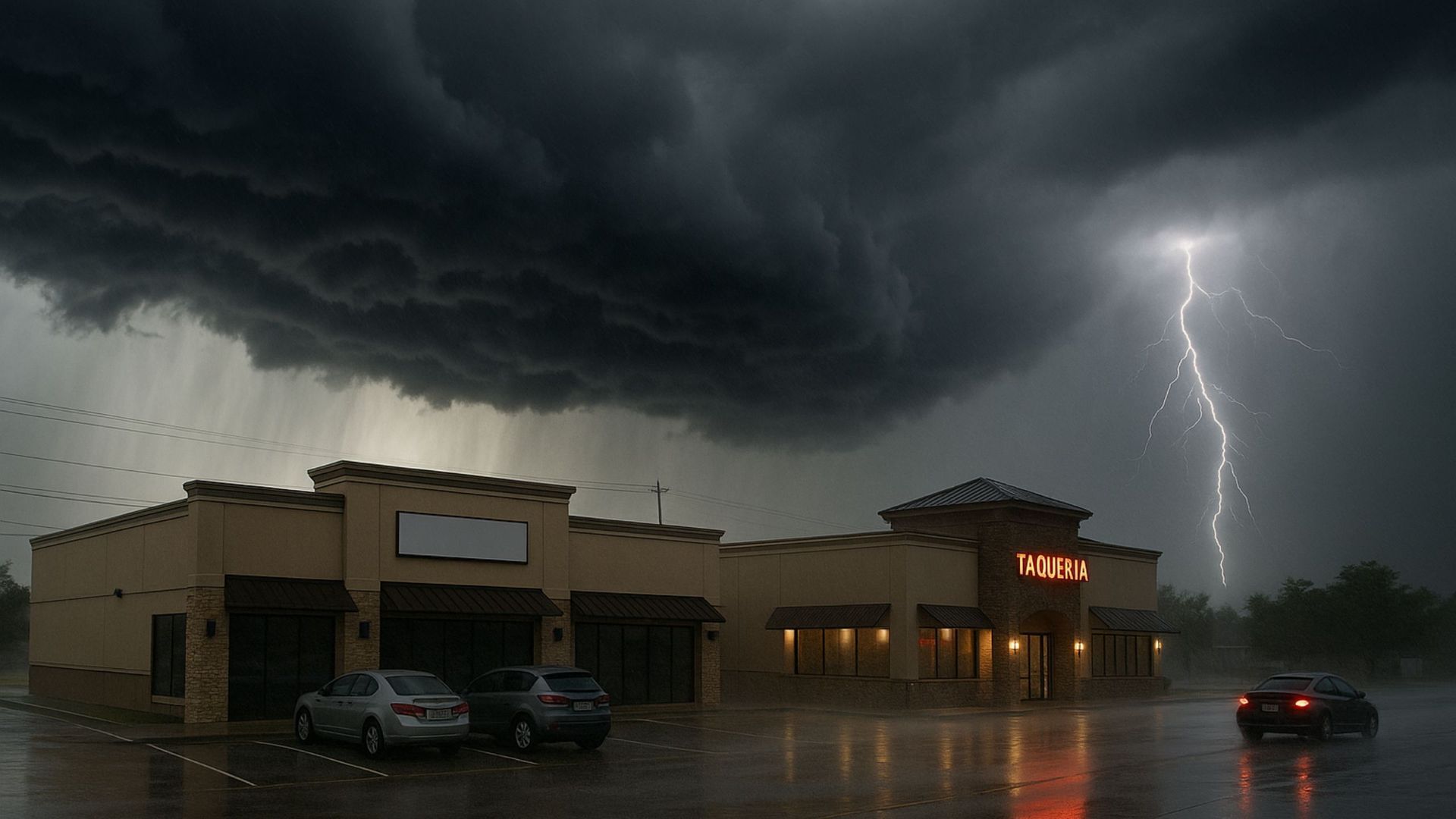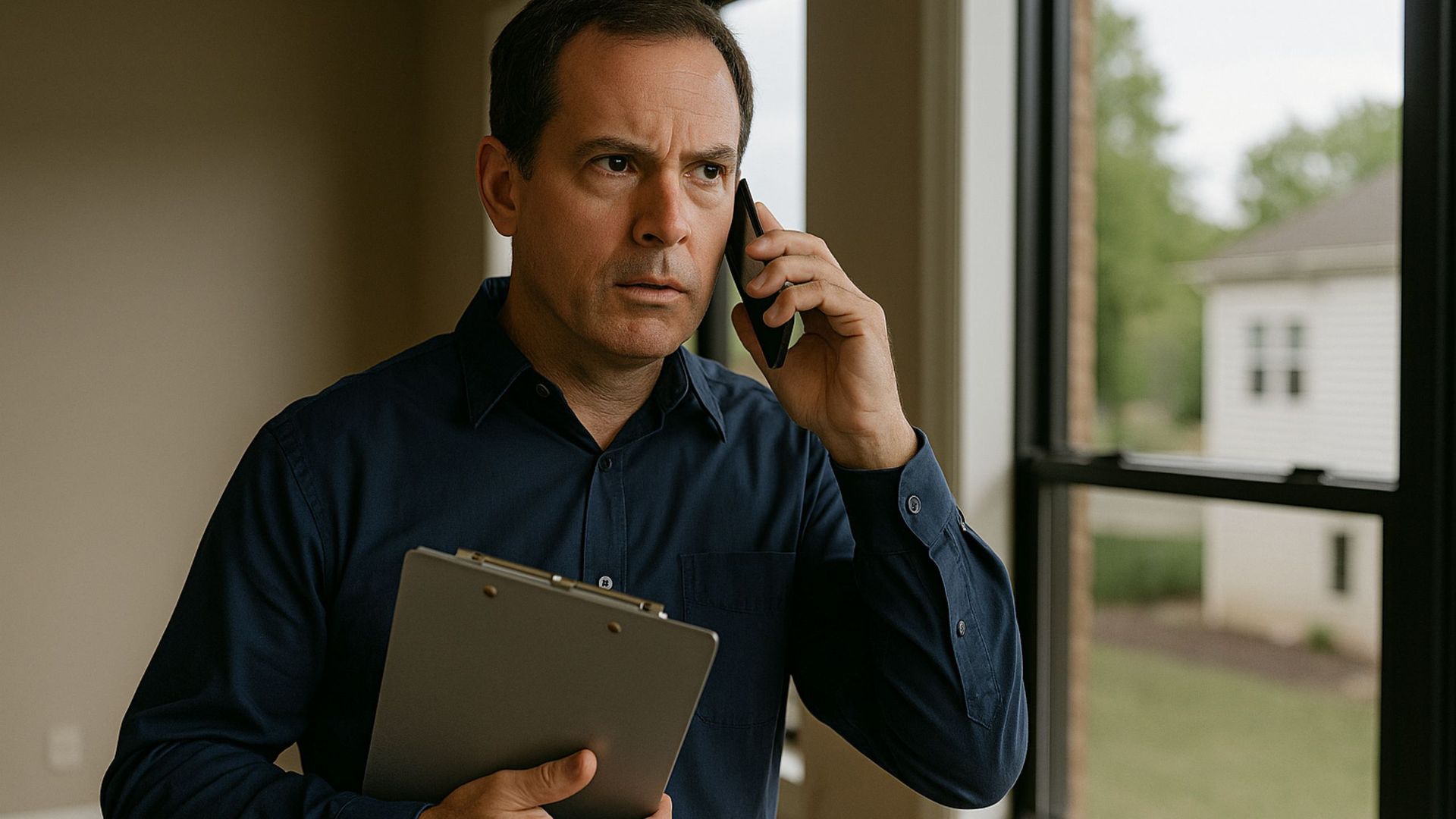Why Forensic Engineering Is Essential After a Storm
Understanding the Real Impact of Severe Weather
Storms often leave behind more than just visible damage. Beneath broken shingles and flooded floors, serious structural issues may be hiding—issues that can’t be confirmed with a simple visual inspection.
For insurance carriers and adjusters, getting the full picture is critical. This is where forensic engineering becomes essential. A licensed forensic engineer evaluates not just what was damaged, but how it was damaged—and whether that damage is related to the storm, a pre-existing condition, or another cause.

What Is Forensic Engineering?
Forensic engineering is the application of engineering principles to investigate property failures or damage. After a storm, this means identifying the cause, timing, and extent of structural issues. The findings are used to support claim decisions, legal cases, or repair strategies.
In the context of storm recovery, forensic engineering typically includes:
- Structural evaluations of foundations, walls, roofs, and framing
- Analysis of wind, water, or debris impact
- Moisture intrusion studies and mold risk documentation
- Expert documentation for litigation, appraisal, or arbitration

Why General Inspections
Aren’t Enough
Traditional inspections often rely on surface-level observations. They may document visible damage, but they don’t investigate structural behavior or determine the root cause of failure. That leaves room for uncertainty—and potential disputes.
Forensic engineers bring technical expertise that’s necessary when:
- The cause of damage is unclear
- Policy coverage hinges on timing or storm intensity
- Damage appears minor but could indicate deeper issues
- Disputes arise between property owners and carriers
- With detailed engineering reports for insurance companies, claim teams get a defensible foundation for fair and timely claim resolution.

Key Benefits for Insurance Professionals
1. Accurate Cause of Loss Determination
A forensic evaluation ensures you’re paying for storm-related damage—not unrelated defects. This prevents overpayment, protects policy integrity, and supports transparency.
2. Reduced Disputes and Faster Resolution
Clear documentation helps settle claims faster. When disputes occur, forensic engineering reports are often the deciding factor in appraisal & arbitration.
3. Scalable Support During Catastrophes
After hurricanes, tornadoes, or flooding, claims surge. Working with firms that provide forensic support as part of catastrophe response allows carriers to stay on schedule and reduce backlog.

When to Use a Forensic Engineer After a Storm
Consider calling in a forensic engineer when:
- Cracks appear in walls or foundations post-storm
- Roofing damage could be age-related or storm-driven
- Water stains raise questions about roof leaks vs. wind-driven rain
- Damage reports are inconsistent or challenged
- Legal support may be required
Looking Ahead: The Role of Forensic Engineering in Claims Management
As storms increase in frequency and severity, insurance claims support must evolve with them. Accurate, defensible property evaluations will be more important than ever. Forensic engineering is not just helpful—it’s essential for carriers looking to reduce liability, increase efficiency, and serve policyholders with integrity.







